Learn how to read a crochet pattern
This post may contain affiliate links. This means I may earn a small commission if you make a purchase from these links, at no additional cost to yourself.
Have you spent hours upon hours on Pinterest looking for the perfect crochet pattern, only to discover it’s only available in written terms that you can’t read? Me too, and it’s frustrating but it doesn’t have to be that way. Read on learn how to read a crochet pattern below.
Can I learn how to read a crochet pattern?
Yes. While there are a TONNE of YouTube tutorials out there, the art/skill of reading a written pattern opens up a wealth of pattern making and design opportunities to help enhance your crochet skills. Learning how to read a crochet pattern may seem like a daunting prospect, but once you learn what I like to call the rules or conventions, it really is only as difficult as the pattern you are reading! The aim of this post is to give you the basic information and tools you need to be able to work your way through and read any crochet pattern.
What’s included in a crochet pattern
There are some general things that are included in all crochet patterns – information on the crochet terms used, gauge and size of the finished item, stitches, instructions on how to interpret those stitches and instructions together to recreate the pattern.
Terms: crochet patterns are written in either US or UK/Canadian terms. Terms are what we call the rules that determine what stitches are called / constructed in those wide geographic areas. They are most commonly referred to as US or UK terms in online circles as they are the most widely used. When you learn to read a crochet pattern, understanding which terms you are using is KEY to understanding the pattern and following the instructions accurately.
Gauge: this is a measure which is used to aid the user in recreating the pattern to the exact measurements of the designer. This is usually expressed to a specific size and can include instructions on how to make a gauge swatch.
Stitch Key / Special Stitches: this is a description of the stitches used within the pattern and includes any special or unique stitches that are used within the pattern and includes a description of how to create them.
Size: this is a reference to the size of the finished item in most instances.
Learn to read a crochet pattern – the elements
Understanding how to read each element of the crochet pattern in relation to the other parts is a key to being successful when learning how to read a crochet pattern. There are some conventions of language that are standardised, which you can find on the Craft Yarn Council here. Others will be determined by the preference of the designer/pattern writer.
Type of pattern: crochet patterns come in multiple forms, words, chart, schematic. Some patterns have only one type included and the majority of these will be written patterns. More detailed/complicated patterns can include alternative pattern formats such as chart/diagram as an alternative method of reading the pattern. Learning to reach each of these different types of crochet pattern is a skill.
Writtern words/terms: these will be included on all patterns unless it is a chart or diagram ONLY.
[convertkit form=2451741]
Notes from the designer: On my patterns this is a general notes section at the top which includes information that is relevant for the whole pattern. This appears on most patterns but in various places and can have more or less information included.
Materials information: including information on the appropriate size of hook and yarn to use is really helpful to crocheters. Especially when learning to read a crochet pattern or recreate it. Any other required materials would also be included here.
Stitch names/terms: usually you can find a glossary of stitches used at the start of a crochet pattern. Not all patterns state explicitly WHICH crochet terms they are using. One way that you can tell is to scan through stitch glossary for the inclusion of an sc stitch. If this stitch is present, this is a US Terms crochet pattern.
Abbreviations: most patterns will abbreviate the stitches used throughout the pattern text. There are common abbreviations that are used in both sets of terms for stitches in a pattern

Gauge: a gauge or gauge swatch is the number of stitches and rows worked in an inch(es) in a pattern. If the gauge does not match, particularly in garments, the resulting project will differ in size to the pattern instructions. Different yarns, hooks and tension will all affect your gauge.
Brackets, parentheses and asterisks: are another way to give instructions in a pattern. These are used to give repeating instructions for specific stitches, steps or sections of a round/row or a group of instructions.
Layouts and schematics: the layout, styling or formatting of patterns are largely down to personal preference of the designer or publication. As a rule of thumb all should include the information that is set out above, however, where and in what format – words/symbols or pictures, will be different on each pattern.
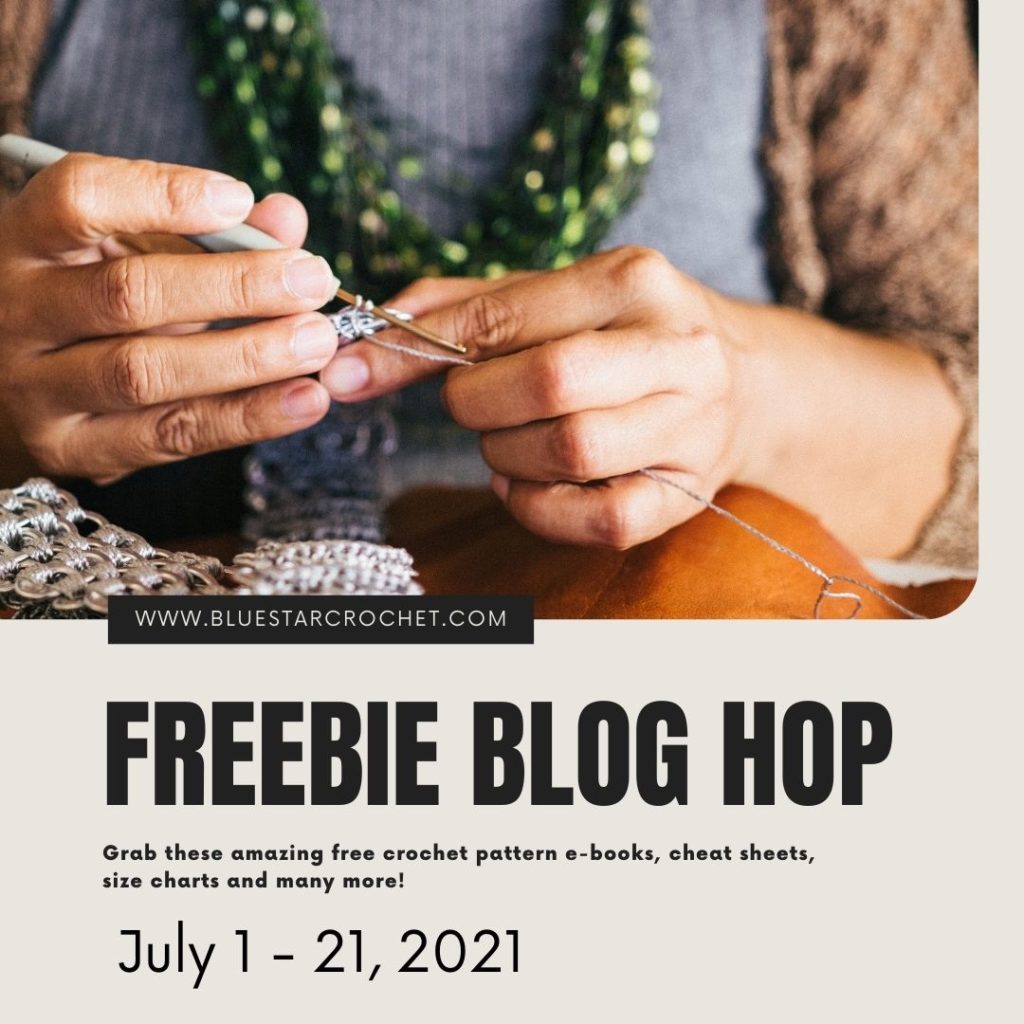
Learn to read a crochet pattern collab – Freebie Blog Hop
Now that you know the general elements of a crochet pattern, it’s time to learn how to read one. On the 19th July, thanks to Veronika over at Blue Star Crochet, the How to read a crochet pattern Ebook was available including the Colette Shawl crochet pattern for FREE! To find out more about the FREEBIE Blog Hop, and the great selection of designs and resources that were available for free, head over to Blue Star Crochet HERE.
Sign up to my email list today for access to the FREE Beginners Guide to Reading Crochet Patterns and additional hook and stitch conversion sheets.
[convertkit form=2451741]
Now that you have honed your pattern reading skills, here are a couple of patterns for you to try out…
Shanae one skein wrap pattern with a simple repeating stitch
On the Bias Tote beginner tote bag pattern made in one piece
Stella beginner triangle shawl pattern
I hope you enjoyed the post and guide. Don’t forget to pop into the group and let me know how you get on.
Bye for now
B x
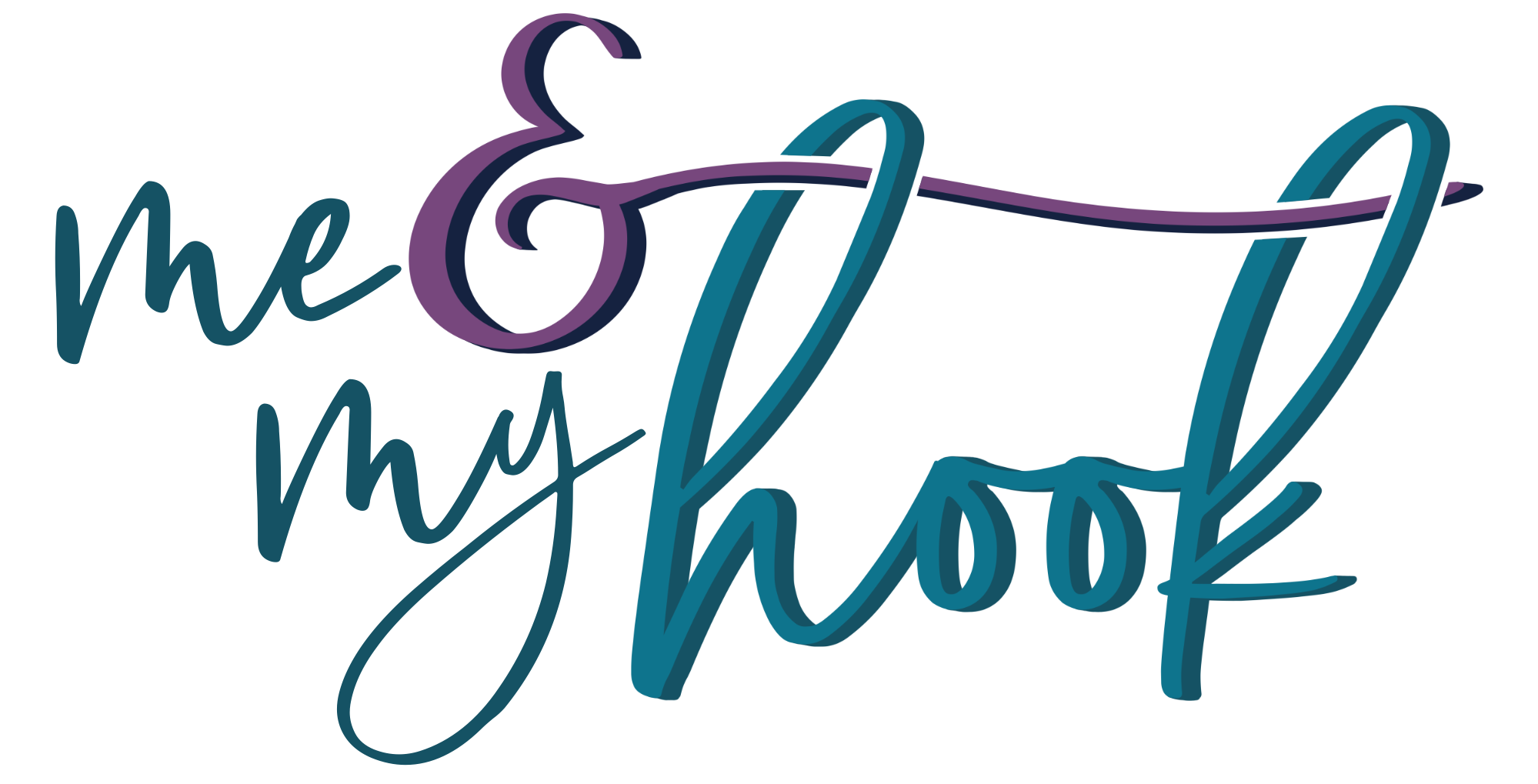

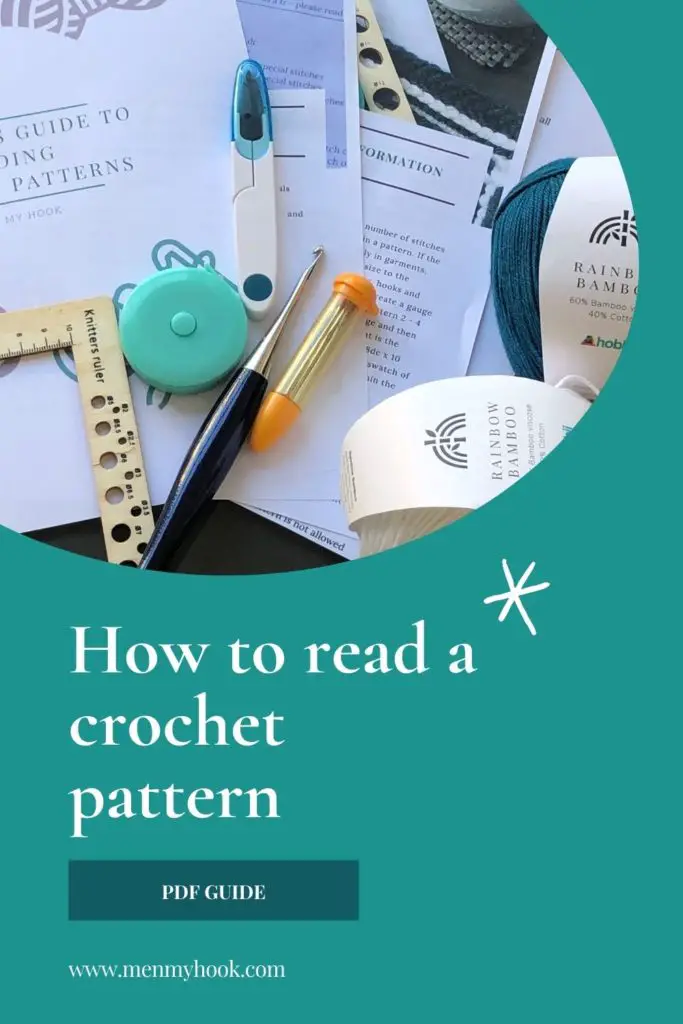

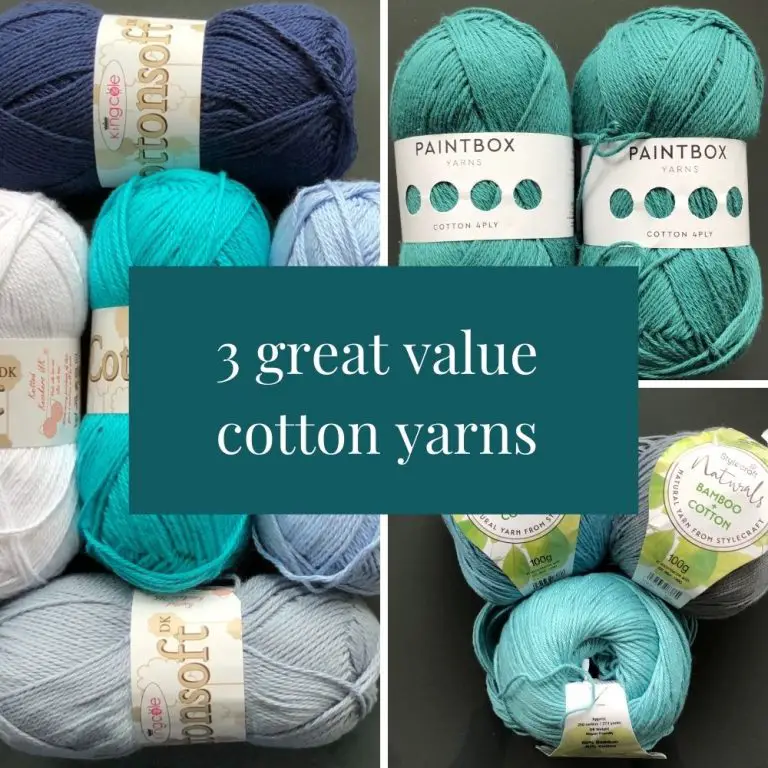
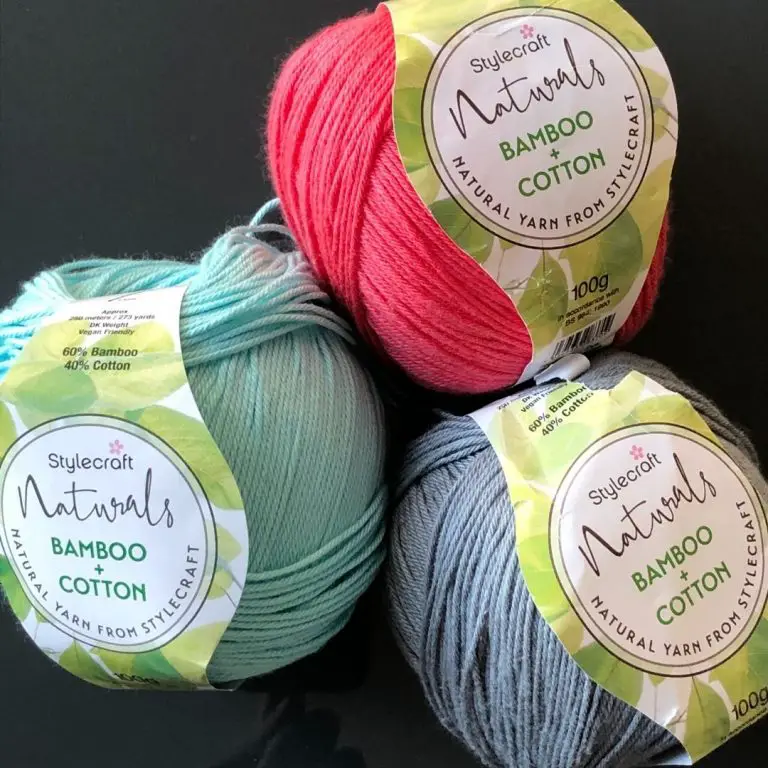

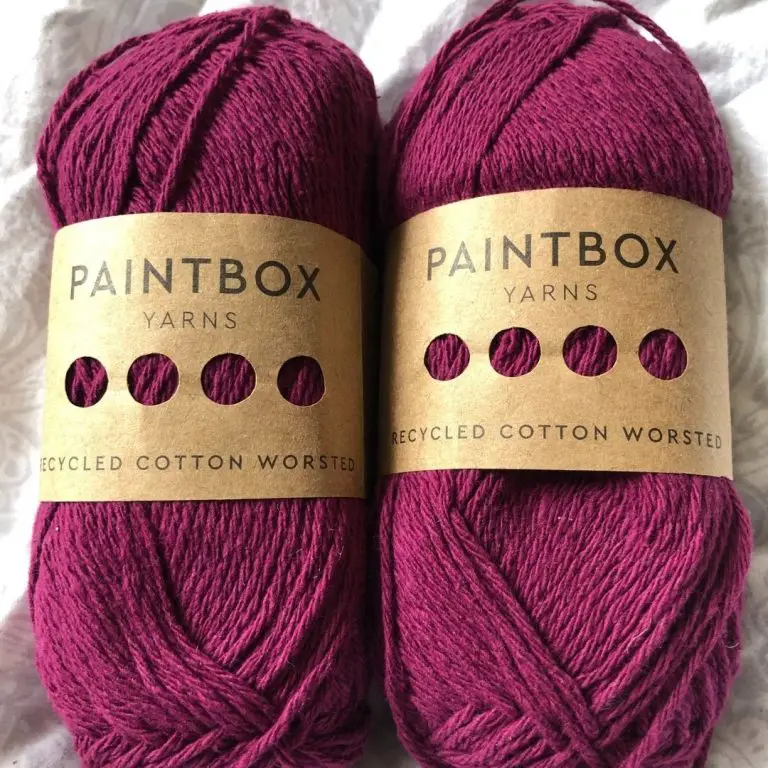
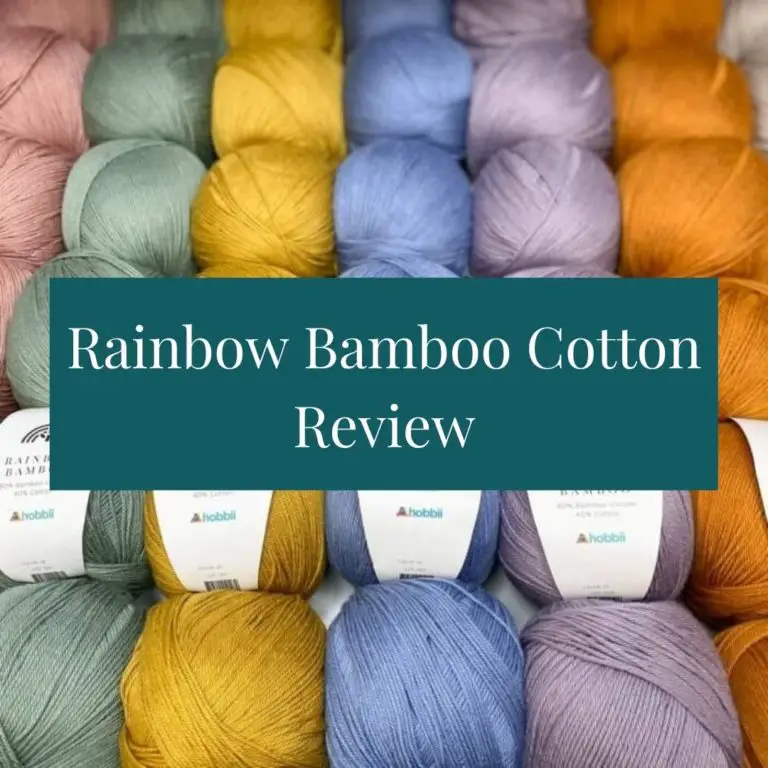
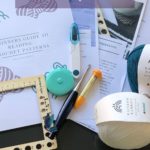
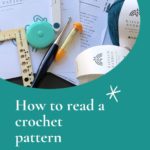

I just love following your blog, your emails are full of life! Thanks for the free pattern and guide to reading patterns.
Thank you. I hope you find it useful
B x
Thank you this will be a great help in teaching others the art of crochet.
Thank you. I hope you find it useful
Happy Hookin’
B x